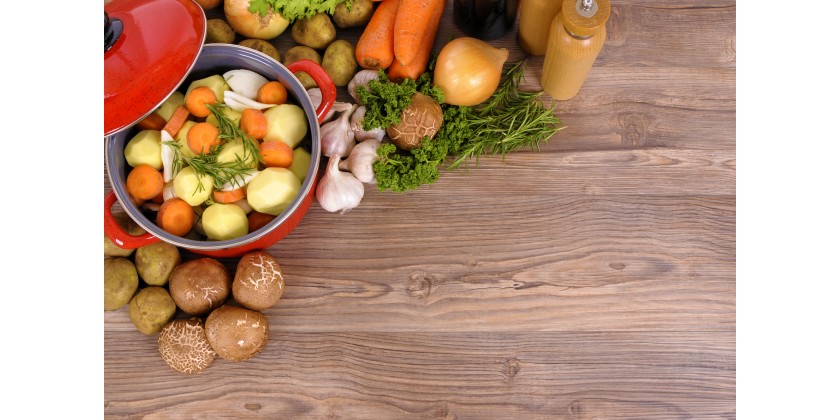
Where do I start when installing wooden worktops?
Before installing wooden worktops, make sure you establish which is the A face and which is the B face.
The A face is the side to be used for upper surface! After establishing the A face, make sure the worktop is completely oiled before installation.
Most manufacturers recommended 3-5 coats of Danish Oil on each face and 5 coats on each end.
Failure to comply with these guidelines could result in timber movement within the worktop. Wooden worktops are usually supplied to you shrink-wrapped. You must ensure that the worktop is machined and oiled as soon as possible after removing the shrink wrapping. If the worktop is left un-oiled for longer than a few hours then it may become susceptible to moisture ingress and may warp or bow. The oiling process will prevent this happening.
What are the best wooden worktop fixing methods?
Wooden worktops are fixed down using slotted stretcher brackets only, (with slots uppermost and across the grain). The cross grain slots in the brackets, together with roundhead screws, will accommodate the natural movement of the timber whilst holding the worktop down.
Using typically 2 brackets per end panel on 560 - 570mm deep base units at 500mm centres; deeper units will require more brackets.
Set out the worktop so that it has a 4 - 5mm expansion gap between the rear edges and the wall surface.
If upstand is used then this is used along the rear edges only and will add 10mm to the depth.
Wooden worktops are always butt-jointed using worktop connector bolts with a thin coat of Mitre-Seal between worktops.
NOTE: NEVER USE ANGLED JOINTS OR MASONʼS MITRE TO CONNECT TIMBER WORKTOPS.
How to use brackets when Fixing wooden worktops?
Fit the brackets to the base unit side panels only. Top rails are not strong enough. Important: Always fix timber worktops using slotted brackets and only use the slot which goes across the grain to allow expansion or contraction of the timber. If slotted brackets are not used then the worktop will either split or bow.
Pilot-drill at the centre of the cross grain slot:
- use 4 x 20mm RHd screws when fixing directly to the worktop
- use 4 x 35-38mm screws when fixing through brackets and units with tops.
Tighten the screws fully, then just loosen them by turning back a quarter turn. This stops the screws binding against the brackets and allows the wood to 'move'.
On cabinets that have a full or partial top panel, fix the brackets directly under the panel, having first drilled access holes, which are a minimum of 15mm diameter, through the unit top to line up with the cross grain slots in the brackets.
Use 35 - 38mm Roundhead screws to fix through the bracket and unit top into the timber. Obviously use shorter screws on 27mm thick worktops.
Note: These top panels must be drilled or cut out over at least 60% of the area to allow the underside of the timber worktop to breathe and stay in balance with the upper surface.
How do I deal with cupped wooden workops?
If a timber top is cupped, due to moisture differences on site between the opposite surfaces of the wood, it should be fixed down through the rear brackets first. Then gently and gradually, using clamps and battens, pull it down at the front before fixing it there with screws.
Allow time for the timber surfaces to equalise and flatten, otherwise the timber may split.
Above kitchen appliances:
Where the tops span appliances alone, or are unsupported into the corner, cut and fix timber wall rails to support the tops and attach the slotted brackets.
Tops that span two appliances side-by-side must be supported:
- either by a mid panel fixed between them.
- or by a solid timber front rail at least 40mm high and fixed across the span.
Please note that worktops installed above washing machines or dishwashers should be protected by use of a moisture barrier.
Onto Masonry Features:
Do not fix wooden tops directly into masonry. Fit them over timber spacers 6 - 10mm thick, which are on a Damp Proof Membrane (DPM). This prevents the transmission of moisture and provides airspace under the top.
Sealing corner joints of wooden worktops
Make sure any end grain has been sealed before assembling the joints.
Apply a light bead of clear low modulus silicone sealer along one side of the joint, just below the top surfaces and edges.
Align the two sides with biscuits before clamping up firmly with worktop bolts. Wipe off any surplus sealant.
Move the tops into place. Use thin pieces of board as temporary packing to position them with 4 - 5mm expansion gaps between the edges and ends of the tops and the walls.












Leave a Reply Cancel Reply
All fields are required